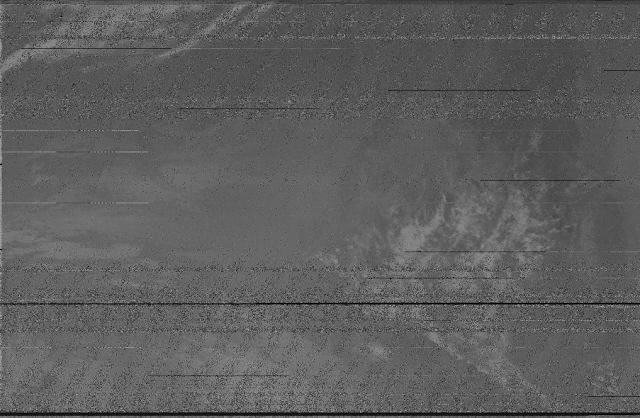RTL-SDR NOAA satellite Images

Turns out most of my other images were actually images produced from signals that were not NOAA signals, whoops. Here are some images I managed to get here at Caltech. Our good friends at the local NPR station (KPCC 89.3) over at Pasadena Community College as well as all the other radio noise here are not helping the quality of the images. I need to frequently adjust the antenna orientation to try and block out the differently polarized signals and to only get the circularly polarized satelite signal. I'm using a QFH tuned (very roughly tuned) to 137 MHz.

